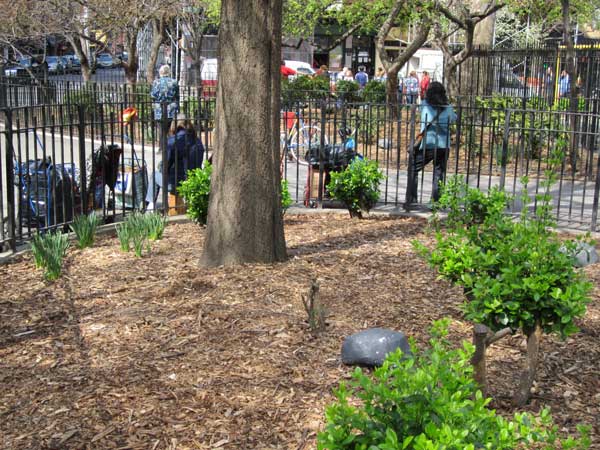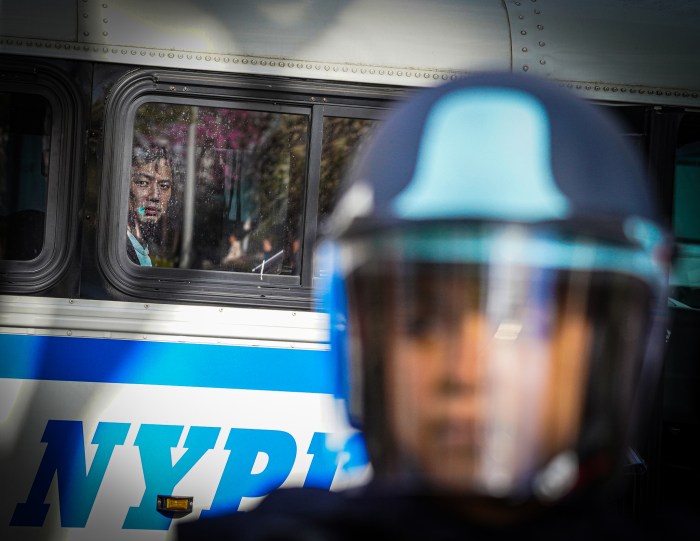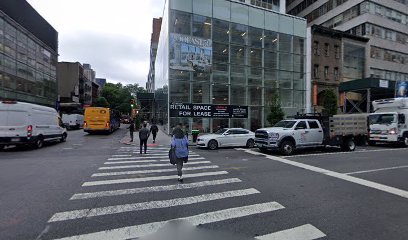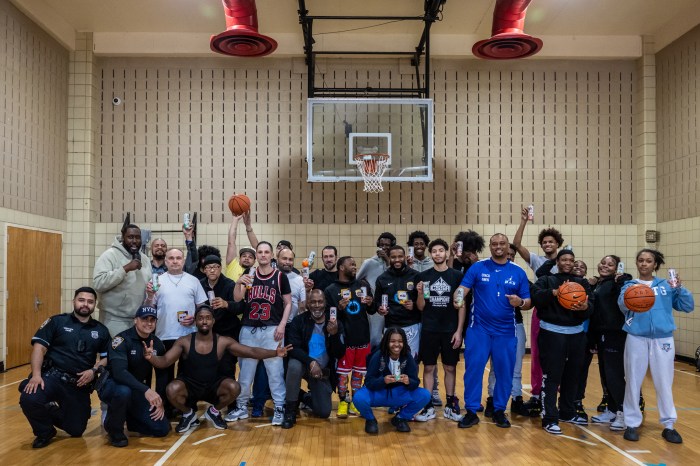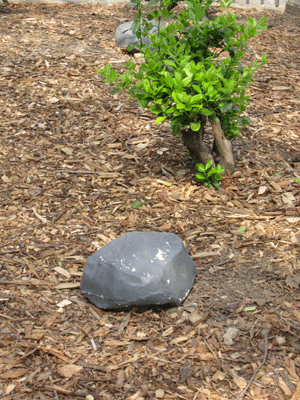
BY LINCOLN ANDERSON | “Mission accomplished!” The surge against the rats of Tompkins Square Park has succeeded.
Last July, this newspaper first reported that ravenous rodents were running wild in the famed East Village park. The article set off a wave of media coverage more frenzied than rats fighting over a half-eaten Ray’s chili-cheese hot dog. The late blogger Bob Arihood even coined a term, “Ratstravaganza,” to describe the hordes of TV news crews that descended on the park.
After the embarrassing story went viral, the Parks Department threw everything it had at the romping rodents — from mint-scented garbage bags to impenetrable trash cans. Also, Parks finally relented and started putting out rat poison again, feeling Tompkins’ red-tailed hawks were no longer at risk of dying from ingesting poisoned rats.
The alarm over the park’s shocking rat infestation was first raised by the new parents group Tompkins Square Park and Playgrounds Parents Association, or TSP3A. The group was formed to combat the rats and also address other pressing park and playground issues, like maintenance.
This Monday, the day before the official start of spring, Chad Marlow, founder of TSP3A, declared victory in the anti-rat campaign — though, he acknowledged, it’s a war that never ends.
People began seeing a noticeable decrease in the rats’ numbers around November, according to him.
“I think, if you looked around the park before, it was like the pocked surface of the moon,” he said, referring to the ratholes that used to be everywhere. But the holes have been filled in and new ones aren’t appearing.
“Hopefully, we’ll keep an eye on it,” he said, “but I think we’ve got our hands around it. Hopefully, the time where rats would run over your foot is passed. Hopefully, the worst of it is well behind us.”
[media-credit name=”Photos by Lincoln Anderson ” align=”aligncenter” width=”600″] [/media-credit]
[/media-credit]
Israel Roldan Rivera, 66, was waiting outside Tompkins Square Park for a “pantry bag” from the Bowery Mission feeding program on Tuesday. He said the park’s hawks are also helping control the rat population. As a youth, Rivera was dragooned into joining an Avenue D gang, the Sportsmen. He managed to leave the gang, but at age 33 was shot in the back after a dispute with a storeowner, leaving him a paraplegic. Still, he has a sunny personality.
The grounds outside the playground are now guarded with a protective ring of small rat traps that resemble black mini-boulders, as well as larger traps.
Marlow said there were a number of steps that were taken, all of which combined together to beat back the rats.
First, the park’s trash cans were changed to a type that has a domed lid with an opening that springs shut, sealing them off from the four-footed scavengers.
Second, garbage collection in the park was made more reliable; garbage was never left out in bags.
Also, TSP3A donated 5,000 Mint-X rodent-repellant trash bags to the department for use in the park. Mint-X gave Parks another 5,000. It turns out, rats hate mint.
According to Mint-X’s Web site, “A rodent’s nasal cavity is comprised of 50% olfactory tissue compared to only 5% for humans. For this reason the mint scent is extremely irritating to rodents, yet appealing and refreshing to humans.” Mint also keeps rats out of gardens, the site notes.
Parks cleared away low brush, underneath which rats like to locate their burrows.
In addition, Parks workers, wearing big boots, daily stomped down and caved in the rat burrows.
Rat traps were put out, especially around the playground.
Toward last summer’s end, in response to TSP3A’s pleas, Parks finally decided that it could start baiting the park again with rat poison. A big concern, apparently, had been the presence of not just hawks in the park, but newborn hawks, which is why the baiting had been suspended.
Marlow said, “We were told around September that the baby red-tailed hawks were now big enough that they could withstand the poison.”
There was also an education campaign as Parks put up signs that read, “Feed a Pigeon, Feed a Rat.”
Finally, Parks reached out to the charity groups that distribute food in Tompkins, asking them to ensure they don’t leave any food around. TSP3A also gave these feeding groups Mint-X bags.
Marlow said The Villager’s coverage of last year’s rat rampage, which sparked the flood of media coverage, was critical to resolving the problem.
“To be completely frank,” he said on Monday, “it was because of my group and your paper. If we didn’t get these stories all over the news, we wouldn’t have gotten all that attention. We got all the daily newspapers, the local TV news stations and the local radio stations. We got The Villager, first and foremost.”
Last summer as the rat story exploded, East Village blog posters debated about whether rat control equals gentrification — some charged that only yuppies would support a rat-free park.
“I think that’s an offensive position,” Marlow retorted. “I think all neighborhoods in this city should be free of vermin. I think the issue should be how to keep affordable housing and get rid of the rats — not, ‘We need to keep the rats because they’re necessary to keep affordable housing.’
“They’re right conceptually, that if you have a neighborhood that’s blighted, that has rats and drug dealers, it’s not very expensive,” he conceded. “They’re saying, ‘If you want to continue living in your neighborhood, your kids have to play with the rats.’
“Our association has many members from the projects on Avenue D, who have lived here for 30, 40 years,” Marlow continued. “You want to tell those people that they’re yuppie gentrifiers because they’re advocating for getting rid of the rats?”
Entering the main Tompkins playground on Tuesday morning with Gali, 4, his niece, Santiago Sanchez, 38, said the park’s pest situation is much better.
“Oh yeah — major, major,” he said. “I would say, 60 percent improvement. They seem to be doing good with it.”
Likewise, Max Smith, walking Shakur, his cinnamon red-nose pit bull, said the park’s rodent problem has been reduced.
“Definitely, definitely,” he said. “It used to be crazy. It’s definitely mellowed. Totally.”
Last summer, TSP3A had threatened to take action against Parks if the Tompkins rat infestation wasn’t addressed. But Marlow said Parks has really done a great job responding to the problem.
“The Parks Department — a lot of people get on their case,” he said. “But they have been amazing with us, once we had a chance to open up a dialogue with them. They take a lot pride in their parks.”
On Tuesday, Philip Abramson, a Parks spokesperson, said, “We have been utilizing an Integrated Pest Management approach at Tompkins Square Park which has proved to be successful. We have reduced the number of rat burrows from 120 to 38 as of today. We are continuing to take action to reduce them even further. We will continue working to help alleviate the rat conditions at this park, and encourage New Yorkers to help out by not littering.”
On Tuesday, a Bowery Mission member was overseeing a group of young volunteers from Tennessee who were helping distribute food to a long line of waiting people.
Asked if his program has been better about not leaving out food after they leave, the man, who didn’t give his name, said, “The truck comes at the end of the day. We throw everything in the truck. The food don’t be laying around.”
Last summer, rats were brazenly crisscrossing the park’s paths at all hours in plain sight. It was impossible not to see rats wherever one looked.
During daytime visits to the park this past Saturday and Tuesday, a reporter did not observe any rats.



